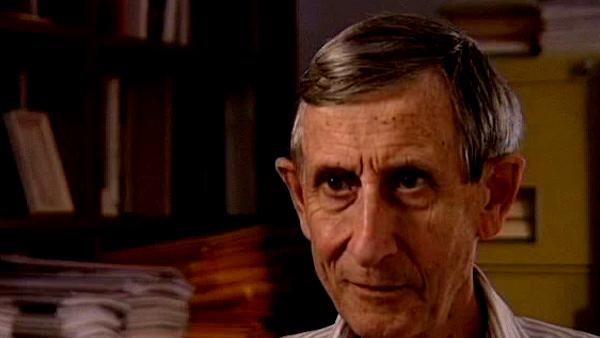So Freddie [de Hoffmann] then came to Princeton in order to enlist my help and I had this interesting interview with Freddie. He was rather dubious about the project himself, I mean, it wasn't at all clear that a private company could really pull this off, and it was certainly an ambitious thing to try to do. And so he wanted to get some respectable backing, and so he came to me and asked if I thought it was sensible, and I immediately said, 'Yes.' I mean to me it sounded basically right; I mean, the basic physics of this is simply the principle that you don't burn your fingers if you flick a piece of red hot coal into the fire place, as long as you do it fast; as long as your finger is in contact with the red hot coal for only a fraction of a second you don't get burned. That's essentially the idea, that the bomb explosion throws this exceedingly hot debris at the bottom of the ship, but the contact with the ship is so brief that not much of the substance gets ablated, so that the ablation by... by the nuclear explosion is confined to something like a millimetre of thickness for each shot – or you hope to have it less than a millimetre. A millimetre is about the maximum you can tolerate. But since the explosions are over in a fraction of a millisecond, there's some hope that that'll actually be feasible. So the real... the first question was how fast the surface is going to be ablated, and the... the early stages of Orion, it was essentially Marshall Rosenblueth and Ted Taylor who did the basic physics, and they convinced themselves that that was okay, that the ablation would be tolerable. Then after that it was a question of trying to design the ship, and work out all the details.






